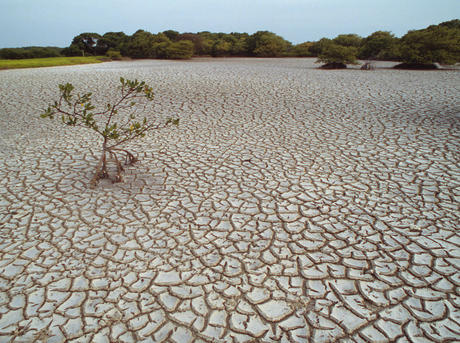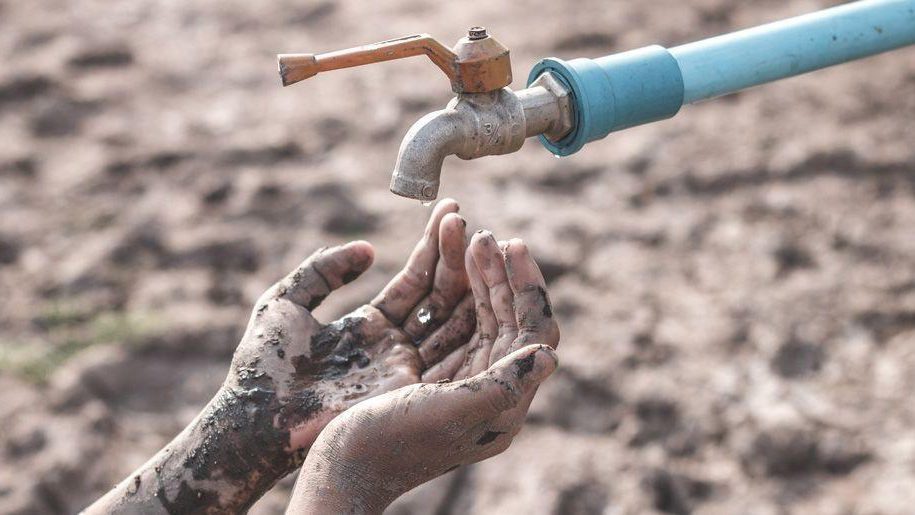There are a couple of diverse reasons involved in water scarcity worldwide. Water could get scarce due to the physical shortage of water (lack of rainfall), the administration fails to preserve water resources, or the entire absence of adequate infrastructure to ensure a regular supply of drinking water to the communities, even in the places where water is abundant.
A report of the water scarcity clock shows that water usage has grown at more than twice the growth in the world’s population over the last century. Climate change has intensified the risk of drought in several parts of the world, especially Asia and Africa. The demographics are pretty horrible; it indicates that around 2 billion people are now experiencing a high-level water shortage.
Water scarcity is not merely a vague problem. Over the last two decades, we can observe its effects in some brutal forms. In Yemen, one of the most water-scarce countries globally, water shortage leading to social and political upheaval. It was also the invisible hand behind other humanitarian crises; like in 2010, the Boko Haram insurgency in Nigeria broke out of the demand for clean drinking water. Meanwhile, in Pakistan, Sind and Baluchistan were primarily affected by prolonged drought spells in the last decades. During the 2017-2018 drought seasons, a slight rise in the suicide rate was observed in rural parts of Sind. After a massive migration from these areas, the physical environment, poverty, and loneliness forced the remaining inhabitants to commit suicide as they were left with no hope.
Water is a precious life-giving commodity; it becomes scarce because it is never treated as worthy as gold, oil, gas, or other natural resources of industrial importance. The American multinational investment bank Goldman Sachs once said that “water could be the petroleum for the 21st century.” The think tanks suggested that commercializing water resources and sending a price signal could force governments and industries/ agriculture sectors to use water wisely. As a result, many close-end-funds invest a considerable amount to buy water supplies in several countries.
However, making a profit out of water resources could hazardous in the future and results in disputes among nations; a living example is Pakistan and India’s water dispute. The situation needs to deal wisely by the authorities. Water access and usage can be protected through effective policies. Like Carbon-tax implemented in several countries, a water tax for the large multinational and subsidies could apply to save water infrastructure investments for the lows worldwide.

In 2010, in Cape Town, South Africa, the authorities had introduced the term “Day Zero” to focus the public’s attention on water preservation for the future. It was because the demo-graphs were showing a critical situation, and the city was just three months away from running out of water. It was indeed a luck-charm that Cape Town city’s plan worked out, and this last-minute emergency measure managed to get the city out of the water crisis.
But this “hope” strategy wouldn’t work everywhere and every time. Because the primary cause that the planet is running out of water is low precipitation due to the profound climate changes.
According to the “charting our water futures” report by the global consultancy McKinsey, by 2030, global water requirements would increase from 4500 billion cubic meters to 6900 cubic meters under an average economic growth scenario. The demo-graph shows a wide gap between supplies and demands. The report further states that the drivers for this more water-resource challenge are basically tied to the states’ economic development, food consumption, and trades.
Keeping an eye on the global water crisis, Scientia Pakistan is launching its exclusive edition on world water day; it celebrates worldwide to raise awareness among the 2.2 billion populations living without clean drinking water. The theme for world water day in 2021 is “valuing water,” which sums up environmental, social, ethical, economic, and moral values that people should place to figure out the global water crisis.
We have got some exciting stories on water scarcity in different parts of the world, the melting of Himalayan Glaciers, and modern-day agriculture techniques in the desert of Thar (Rural parts of Sind). We reached out to Dr. Perviaz Amir, a Harvard university Alumnus; director of the Pakistan water partnership, who worked on various notable posts in the Agro-Economics sector to gain insight into the role of water in Pakistan’s economy. We questioned Mr. Zubair Ahmad Siddiqui, a metrology and climatology expert who serves in the PMD’S regional center for Sindh and learned some compelling information about Al Nino, La Nina, and climate changes.
Have a good read; don’t miss sending your feedback to us with the hashtag #water2me.
Also, read: Turmoil under the waters

Saadeqa Khan is the founder, CEO, & Editor-in-Chief of Scientia Pakistan. She’s a member of the Oxford Climate Journalism Network (Second Cohort) and NASW. Saadeqa is a fellow of NPF Washington, The Falling Walls Foundation, and the Science Journalism Forum. Saadeqa has won several international journalism grants and awards for her reports.

